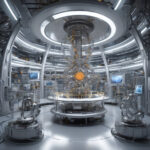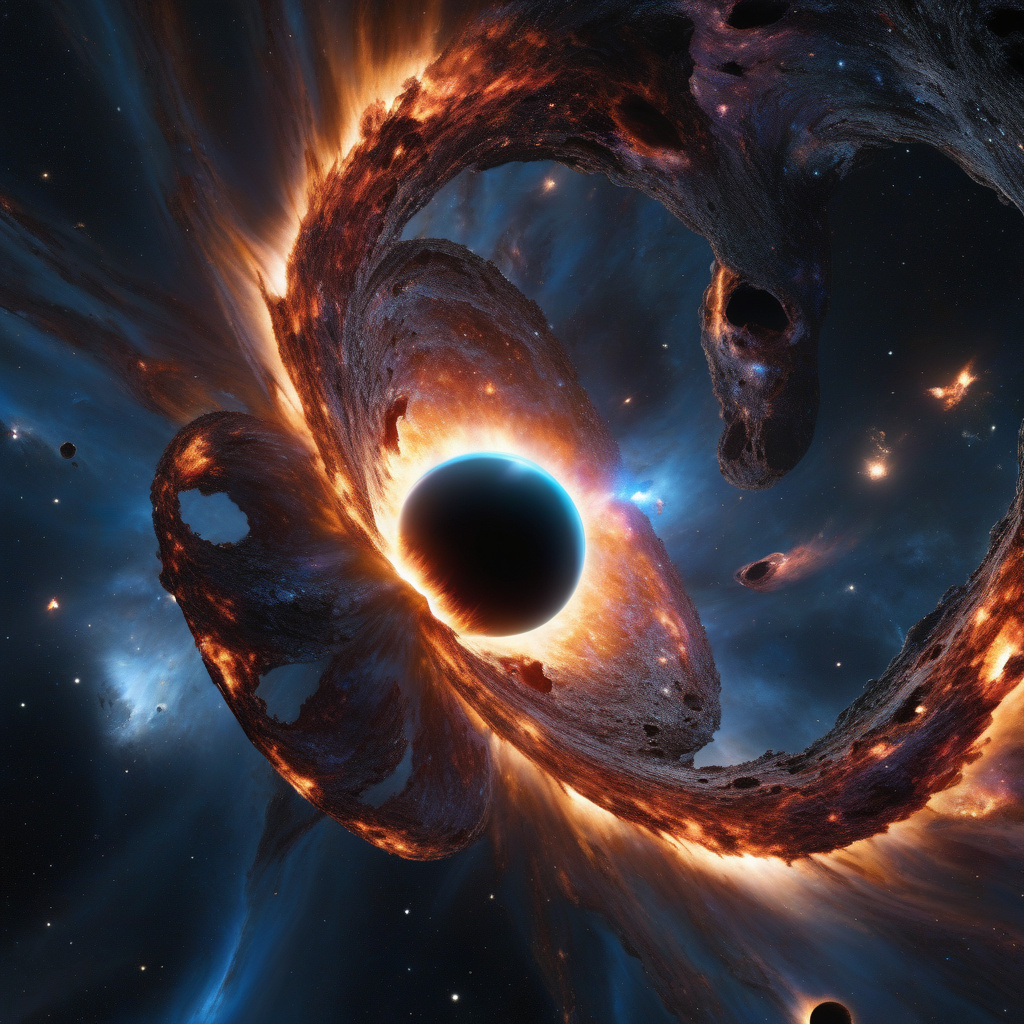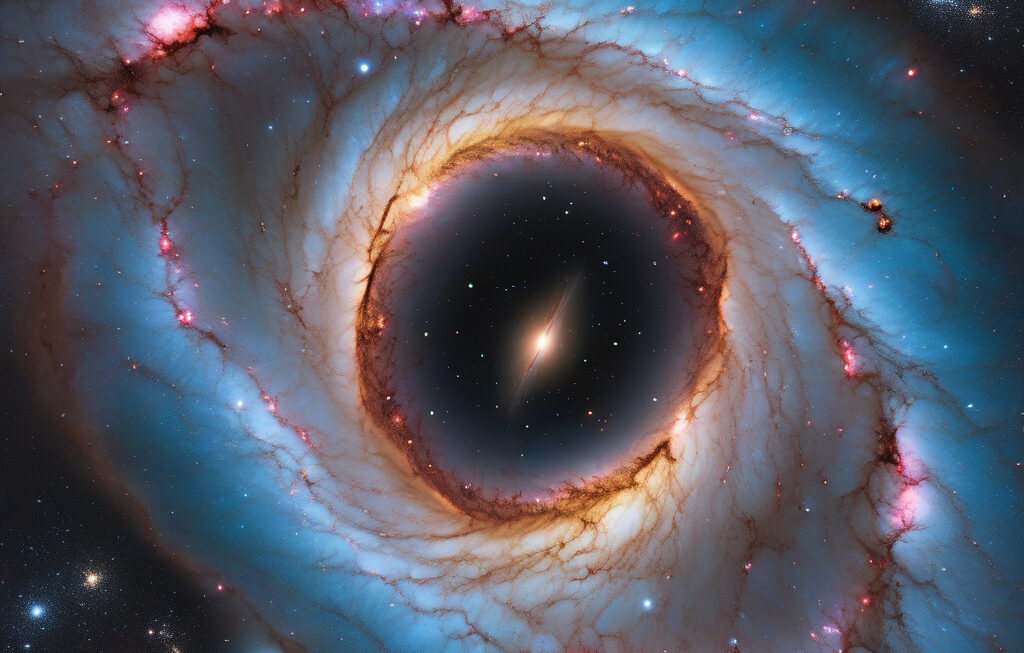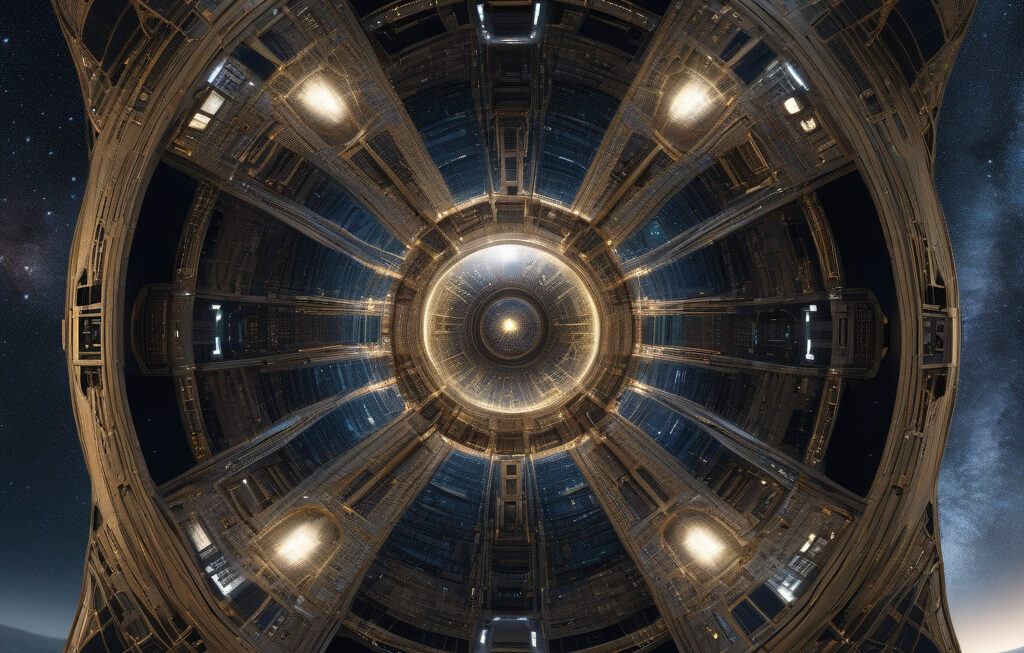Astronomers may have observed a star’s death while devouring a black hole: Report
The supernova known as SN 2023zkd was first spotted in July 2023 by the Zwicky Transient Facility (ZTF) in California. This cosmic event has sparked excitement and intrigue among the astronomical community, as it is believed to be the first direct observation of a star being ripped apart and consumed by a black hole.
Located in a distant galaxy approximately 215 million light-years away, SN 2023zkd exhibited unique characteristics that pointed towards a phenomenon known as a tidal disruption event (TDE). In simple terms, a TDE occurs when a star strays too close to a black hole and is subjected to intense gravitational forces that tear it apart, resulting in a brilliant flare of light and energy.
What makes SN 2023zkd particularly fascinating is the timing of its discovery. The event was captured at an early stage, providing astronomers with valuable insights into the initial phases of a star’s destruction. By studying the evolution of the supernova over time, scientists hope to gain a deeper understanding of the processes involved in TDEs and the behavior of black holes.
The observations of SN 2023zkd also align with theoretical predictions regarding the interaction between stars and black holes. While TDEs have been hypothesized for decades, direct evidence of such an event has remained elusive until now. This discovery not only validates existing models of stellar cannibalism but also opens up new avenues for research in astrophysics.
Furthermore, the data collected from SN 2023zkd could shed light on the nature of black holes themselves. By analyzing the emission spectra and luminosity of the supernova, astronomers can glean valuable information about the mass, spin, and accretion rate of the black hole responsible for the TDE. This, in turn, may help refine our understanding of the role black holes play in shaping the evolution of galaxies.
As we delve deeper into the mysteries of the cosmos, each new discovery brings us closer to unraveling the enigmatic workings of the universe. The observation of SN 2023zkd serves as a testament to the power of collaboration between ground-based observatories, space telescopes, and advanced data analysis techniques in pushing the boundaries of astronomical knowledge.
In conclusion, the detection of SN 2023zkd offers a glimpse into a rare and awe-inspiring cosmic event that has captivated the scientific community. By capturing the dramatic death throes of a star as it succumbs to the gravitational pull of a black hole, astronomers have unlocked a treasure trove of information that promises to deepen our understanding of the cosmos.
#Astronomy, #Supernova, #BlackHole, #TidalDisruptionEvent, #Astrophysics












